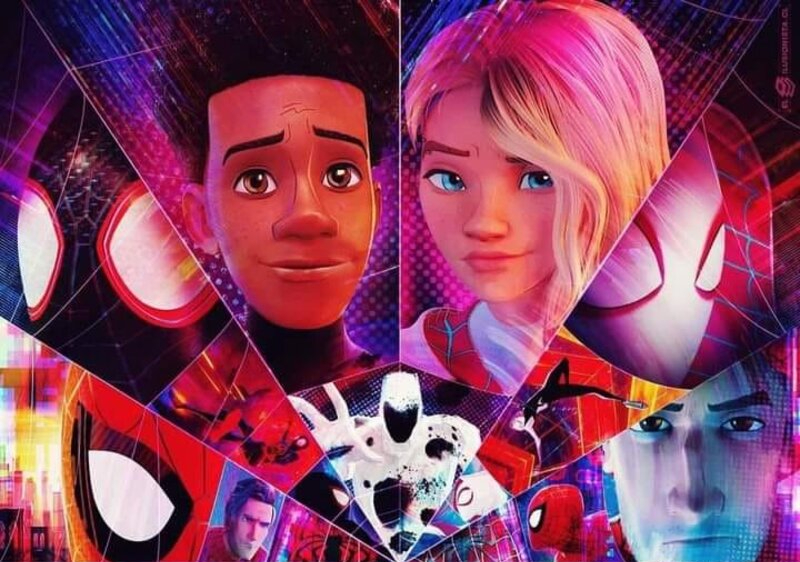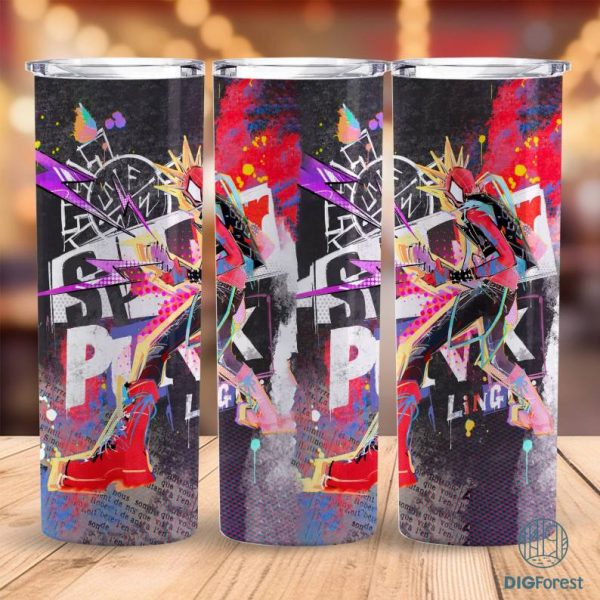
Delving into the intricacies of Miles Morales’s Spider-Man trilogy, specifically exploring the latest installment, “Spider-Man: Across the Spider-Verse,” and dissecting the nuanced design choices for characters and dimensions. Caution: Spoilers Ahead.
The emergence of “Spider-Man: Into the Spider-Verse” in 2018 marked a groundbreaking moment for the superhero genre, providing an urban, animated twist to the Spider-Man origin story. The film’s success paved the way for the highly anticipated sequel, “Spider-Man: Across the Spider-Verse,” which graced screens in June 2023. Starring Shameik Moore reprising his role as Miles Morales and Hailee Steinfeld as Gwen Stacy, the movie seamlessly continued the narrative left hanging by its predecessor, creating a tapestry of excitement and anticipation among fans.
The storyline follows Miles Morales, also known as Spider-Man, as he embarks on a multidimensional journey, teaming up with various Spider-People across different universes. The primary mission is to prevent the untimely demise of Miles’s father, introducing audiences to a rich tapestry of Spider-People and multidimensional adventures. However, true to its nature, the film concludes with a tantalizing cliffhanger, leaving viewers eagerly awaiting the final installment, “Spider-Man: Beyond the Spider-Verse,” scheduled for a mid-2024 release.
:max_bytes(150000):strip_icc():focal(899x148:901x150)/SPIDER-MAN-INTO-THE-SPIDER-VERSE-110722-01-c5377dc1dc204aceb5e3d93e1327ecd0.jpg)
What truly sets this Spider-Man trilogy apart, and by extension the Miles Morales universe, are the thoughtful design choices that extend beyond the standard conventions of superhero storytelling. A particular standout is the deliberate use of colors to represent characters and their respective dimensions. The visual storytelling reaches its zenith with Gwen Stacy’s character, whose dimension intricately intertwines with her emotional states.
One noteworthy scene depicts the tension between Gwen and her father upon the revelation of her superhero identity. The maroon color palette of their surroundings symbolically bleeds out, resembling paint globs merging and reflecting the emotional turmoil within. This artistic approach not only underscores the complexity of their relationship but also serves as a powerful visual metaphor for the emotional impact of significant events on characters.

The animators demonstrate exceptional skill in portraying the dimensions of each character, allowing audiences to witness the profound effects of world-altering events on their emotional landscapes. “Spider-Man: Across the Spider-Verse” becomes a visual feast for enthusiasts of the Marvel universe, with its intricate details adding layers of depth to the overall storytelling experience. Whether you’re a devoted Spider-Man aficionado or simply appreciate immersive and visually stunning narratives, the Spider-Verse offers a cinematic journey that transcends conventional superhero storytelling.
We bring out some of the most well-known MCU collection, all of which are available at reasonable costs. Visit our link now if you are interested in the MCU collection


Falcon, War Machine, Vision, Hawkeye, Nick Fury